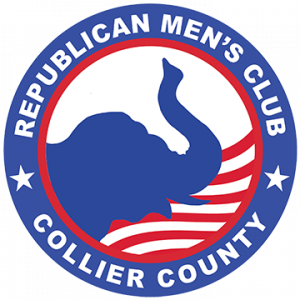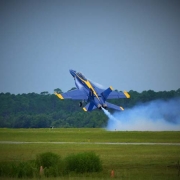Scholarship – Ayden Abreu – National Flight Academy Report
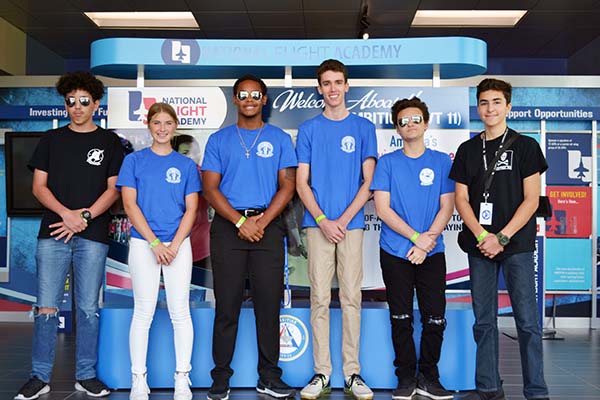
SW Florida Attendees from left: Daniel Dean, Kelsey Scott, Donovan Sealy, Nate Silva, Maxwell Kalmanek. (not pictured, Jay Athouriste and Yonise Pierre)
By Ayden Abreu
My trip to the National Flight Academy was the experience of a lifetime. The attendees and I were given the opportunity to learn what aviation in the service would be like. Once our flight landed in Pensacola, we headed to the NFA and prepared to live on a simulated carrier. Once all the cadets stepped off the bus and entered the building, we no longer felt as if we were in a compound, but on a ship, as the walls and doors embodied a Naval vessel. We were now aboard the ‘Ambition.’ Organized into a line, the cadets and I were given an ID, bunk room keys and assigned squadrons.
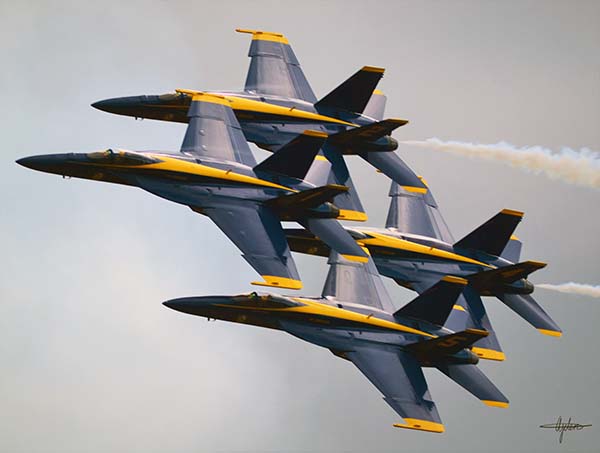 My trip to the National Flight Academy was the experience of a lifetime. The attendees and I were given the opportunity to learn what aviation in the service would be like. Once our flight landed in Pensacola, we headed to the NFA and prepared to live on a simulated carrier. Once all the cadets stepped off the bus and entered the building, we no longer felt as if we were in a compound, but on a ship, as the walls and doors embodied a Naval vessel. We were now aboard the ‘Ambition.’ Organized into a line, the cadets and I were given an ID, bunk room keys and assigned squadrons.
My trip to the National Flight Academy was the experience of a lifetime. The attendees and I were given the opportunity to learn what aviation in the service would be like. Once our flight landed in Pensacola, we headed to the NFA and prepared to live on a simulated carrier. Once all the cadets stepped off the bus and entered the building, we no longer felt as if we were in a compound, but on a ship, as the walls and doors embodied a Naval vessel. We were now aboard the ‘Ambition.’ Organized into a line, the cadets and I were given an ID, bunk room keys and assigned squadrons.
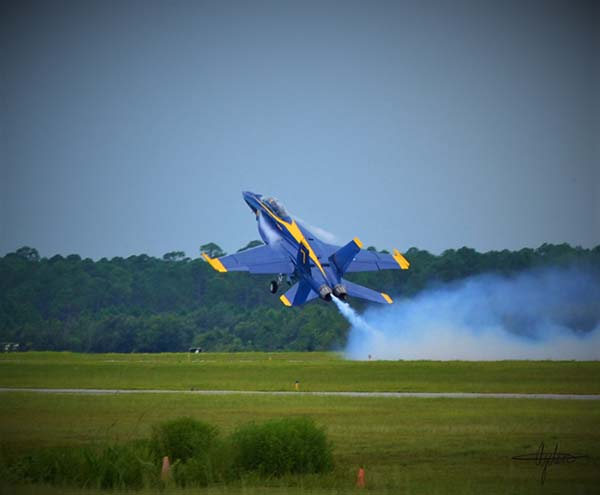
Vertical Smoke Takeoff
Every day, my bunkmates and I would wake up at 6:25- just 5 minutes before Reveille to prepare ourselves and our rooms for inspection. Once the trumpet goes off, game on! The havoc of screaming instructors, slamming on the door and the jostling of bed sheets was a nerve wrecking, yet intriguing experience. After the rooms were inspected, each cadet would rally with his/ her squadron and head to the first activity of the day. The day-to-day activities would consist of simulator flying, survival education, and/or instructional time.
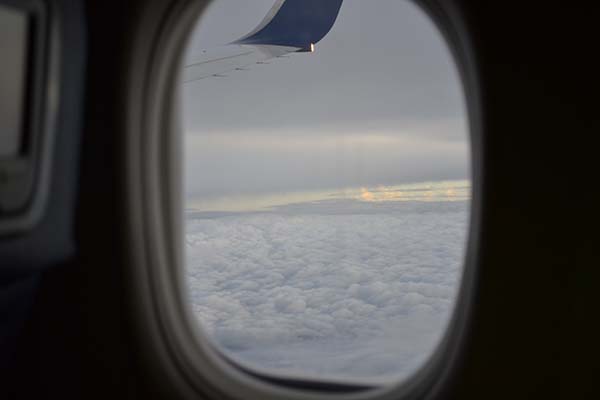
Window View
Day one was made up of learning about the parts of an aircraft and how they reacted with the environment around them. Some of the other class curriculum also taught us how to communicate to Air Traffic Control, how to fly a flight plan, calculate fuel consumption over time, navigation, and of course, how to fly the aircraft. The NFA had constructed an aircraft for the simulators to replicate flying an experimental aircraft. The X-12B Triad was the cargo/ logistical aircraft that all the cadets would be flying in the NFA.
Throughout the week, there were a handful of experiences that stood apart more than others. Such as visiting the history museums that held aircrafts, dating from the First World War, all the way to modern aircrafts. I was marveled to see these war-torn machines up-close and personal. The NFA staff led pairs of squadrons around the museums so we could see all the aircraft and understand the history of each one. As well as being able to see the NC-4 Seaplane. What fascinated me most about the aircraft, it was the first of its kind to travel across the ocean- just completing its flight in 1919. The aircraft is also being indefinitely leased by the Smithsonian.
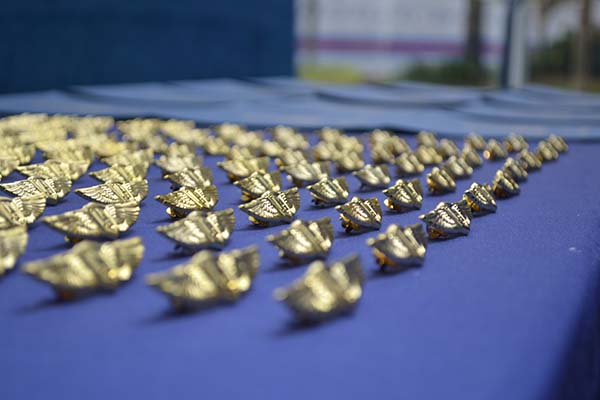 Although the Naval Aviation Museum was an interesting and enjoyable experience, it was not as incredible and astonishing as watching the Blue Angels fly just a few hundred feet over the crowd at their flight practice. Being able to experience what professionally trained pilots can really do says a lot more about the commitment of Naval pilots and really what all military aviators have. It is fascinating to me how a team can put in the work and accomplish a goal. The- Blue Angel’s goal was to fly as close to each other, in the safest yet most impressive manner to the audience as possible.
Although the Naval Aviation Museum was an interesting and enjoyable experience, it was not as incredible and astonishing as watching the Blue Angels fly just a few hundred feet over the crowd at their flight practice. Being able to experience what professionally trained pilots can really do says a lot more about the commitment of Naval pilots and really what all military aviators have. It is fascinating to me how a team can put in the work and accomplish a goal. The- Blue Angel’s goal was to fly as close to each other, in the safest yet most impressive manner to the audience as possible.
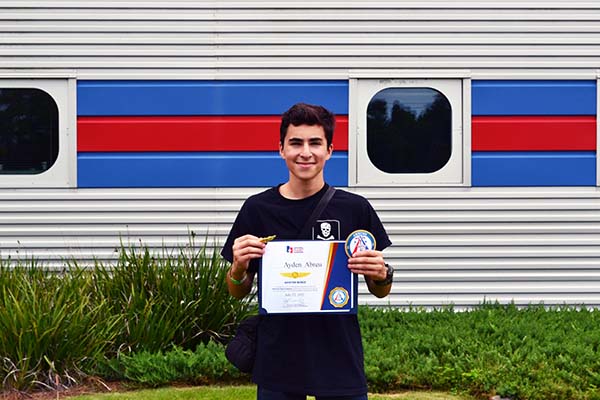
Ayden Abreu
On the last day, all the squadrons rallied at the public area of the museum as each of our names were called up to the stage for completing the National Flight Academy’s program. The opportunity to experience a sliver of living as a military aviator inspired me to look to the future and encouraged me to keep moving forward. I was given the opportunity to photograph a handful of these memorable moments, so that I could share them with you.

Ayden Abreu Receiving His Academy Certification
I want to thank everyone that contributed to making this trip of a lifetime possible. Such as my professor and mentor Mr. Alan Davis, Mr. Vincent Keeys from the NAACP, Mr. Rick LoCastro, Mr. Daniel Kowal of the Men’s Republican Committee, and all other individuals that contributed to making this happen. I am grateful for the opportunities as it solidified my vision for the future.
